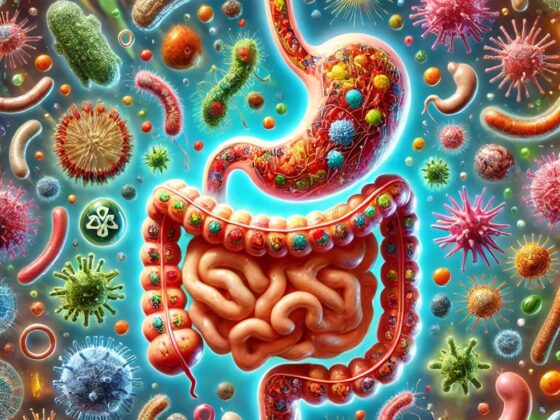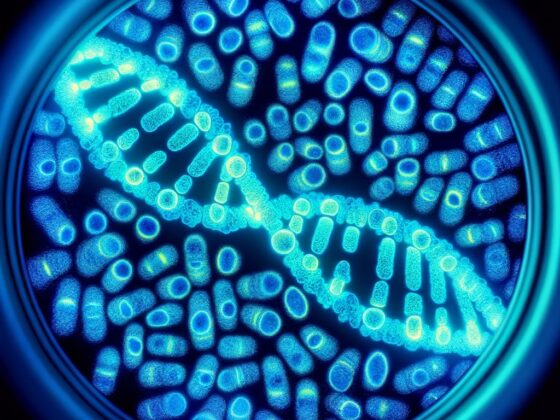Breast pathology is a specialized area of medical science that focuses on diagnosing and understanding diseases of the breast, with a primary focus on cancer. This field is crucial for diagnosing and determining the stage and aggressiveness of breast diseases, in order to guide treatment decisions. This article explains the basics of breast pathology, diagnostic procedures, and recent advancements in the field.
What is Breast Pathology?
Breast pathology involves studying tissue samples from the breast to diagnose diseases. Pathologists use tissue and cell samples to identify various types of breast diseases, including benign (non-cancerous) conditions and breast cancer.
Common Breast Diseases
Breast diseases can range from benign conditions like fibrocystic changes and infections (mastitis) to malignant conditions like breast cancer.
Fibroadenomas: These are benign tumors made up of glandular and connective tissue. They are usually round, firm, and easily movable upon examination.
Cysts: Fluid-filled sacs within the breast that can vary in size and often feel like a grape. They’re typically benign and can be aspirated if necessary.
Invasive Ductal Carcinoma (IDC): The most common type of breast cancer, starting in the milk ducts and invading surrounding tissue.
Invasive Lobular Carcinoma (ILC): Cancer that starts in the lobules, which are the glands that produce milk, and can spread to nearby tissues.
Diagnostic Techniques in Breast Pathology
At ALLIANCE™, we utilize a comprehensive approach to diagnose breast diseases, integrating advanced histopathological examinations and molecular diagnostics. Our primary techniques include:
Anatomic Pathology: Our lab processes biopsy specimens to examine the cellular details of breast tissue. For example, the diagnosis of Infiltrating Ductal Carcinoma or in-SITU Ductal Carcinoma is confirmed through detailed microscopic examination and a scoring system that assesses tumor characteristics like tubule formation, nuclear pleomorphism, and mitotic activity.
Immunohistochemistry (IHC): This technique is particularly useful for therapeutic biomarker testing. We evaluate the expression of estrogen receptor (ER), progesterone receptor (PR), and HER2, which are crucial for determining the type of breast cancer and guiding treatment options. Our IHC uses advanced detection systems to provide a semi-quantitative assessment of tumor cells to ensure accurate and personalized treatment planning.
Fine Needle Aspiration (FNA) and Cytology: For rapid diagnosis, FNA is performed to extract cells from suspicious areas in the breast. Cytology reports detail the characteristics of the cells, such as size, shape, and nuclear features. These reports include assessments of specimen adequacy and detailed descriptions of the cellular morphology observed.
FISH Test (Fluorescence In Situ Hybridization): This genetic test allows us to look at specific DNA sequences within breast cancer cells. The FISH test is particularly useful for detecting genetic abnormalities that might not be visible under a microscope, such as amplifications or deletions of the HER2 gene, which are critical for targeted cancer therapies.
Enhanced Reporting
We provide a unique service that integrates pathology findings into a single comprehensive colorful report. This helps treating physicians a more complete view of the patient’s condition, which is essential for developing personalized treatment plans.
The Importance of Personalized Medicine
Breast pathology plays a pivotal role in diagnosing and managing breast diseases. By understanding the molecular basis of a breast tumor, clinicians can choose treatments that are more likely to be effective and spare patients from unnecessary side effects. Advances in technology and science are constantly improving the precision and efficiency of breast cancer diagnosis and treatment. For patients facing a breast disease diagnosis, understanding the role of breast pathology can demystify the process and highlight the personalized nature of their treatment plan. By staying informed about developments in breast pathology, both patients and healthcare providers can better navigate the complexities of breast disease management and treatment.


